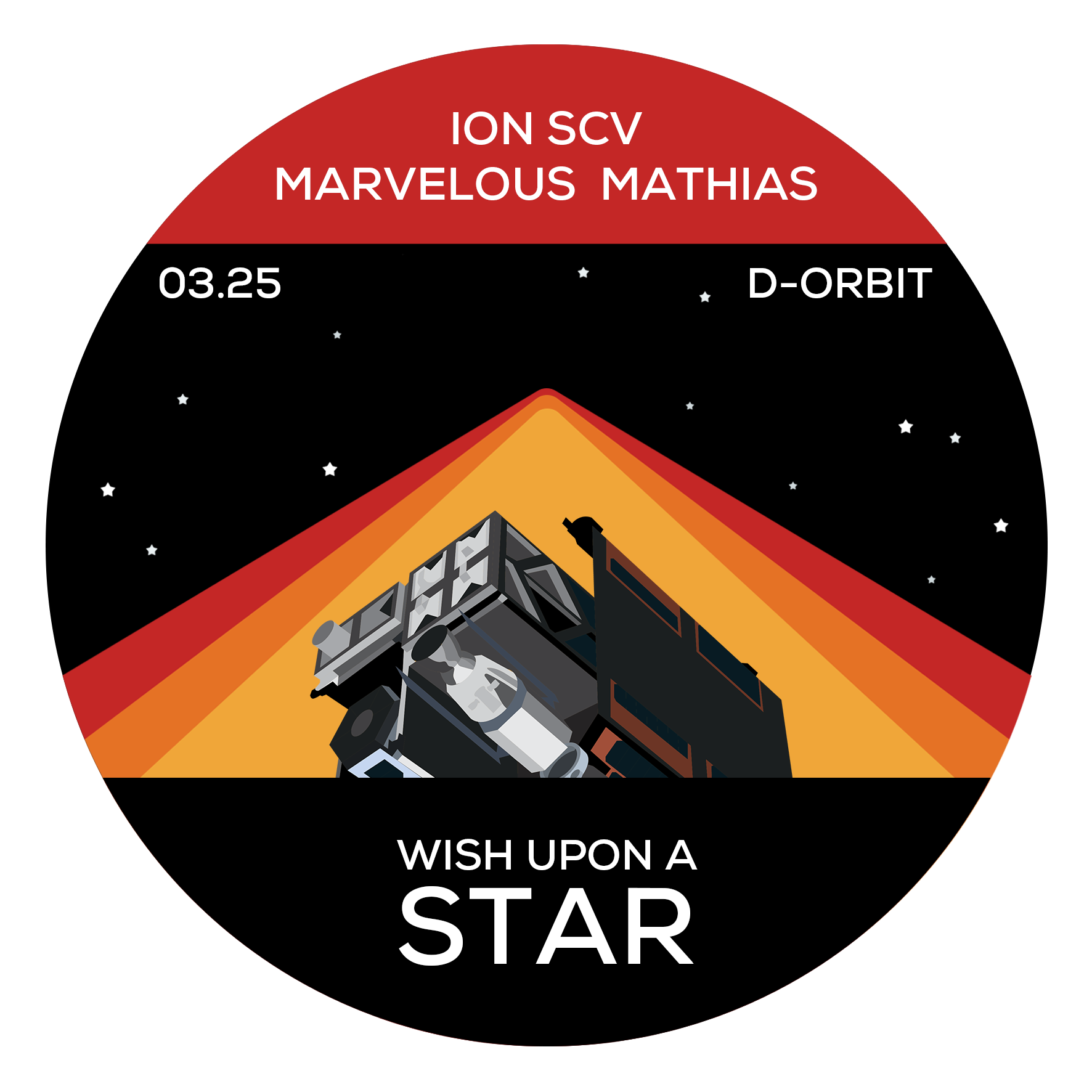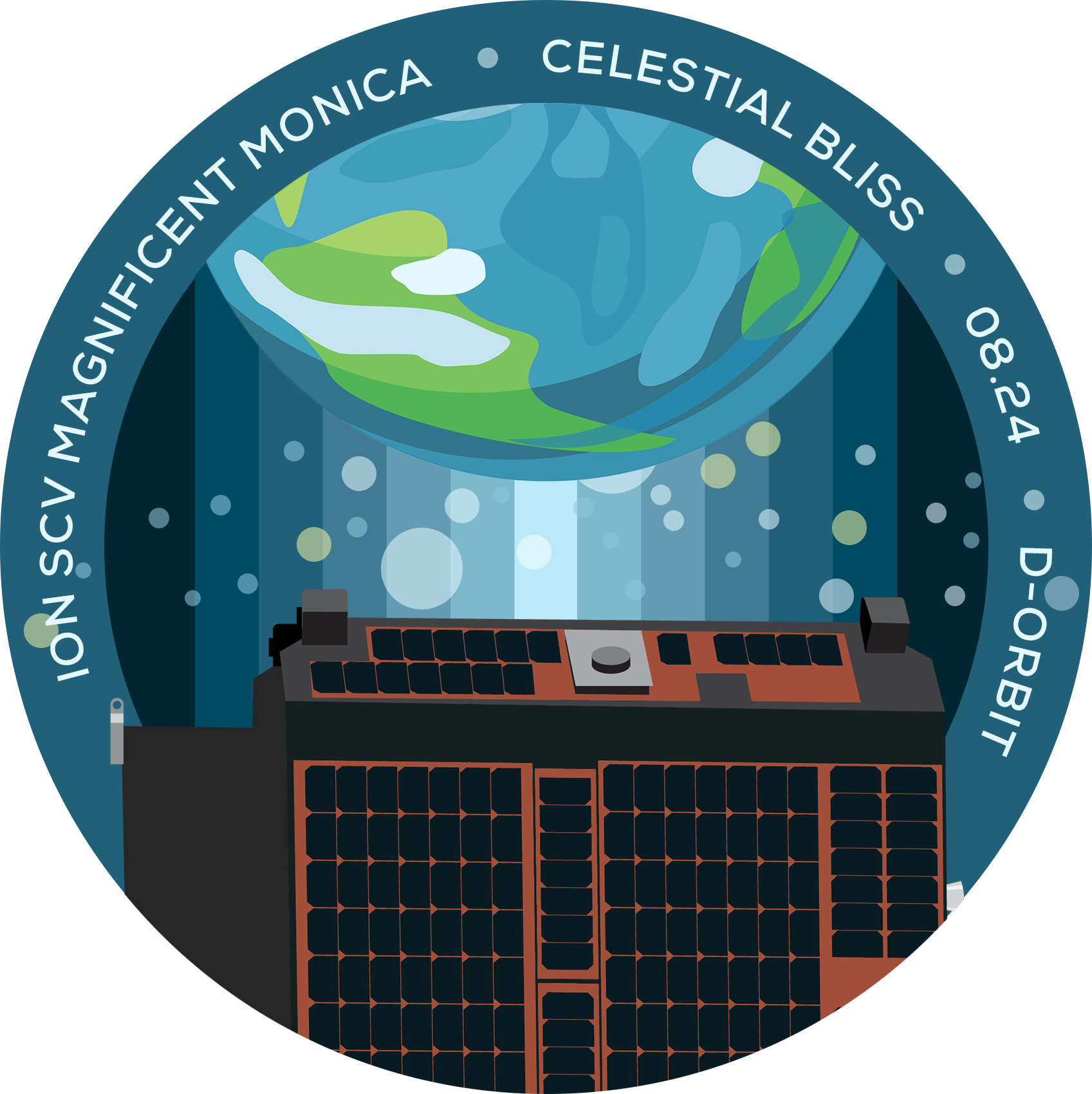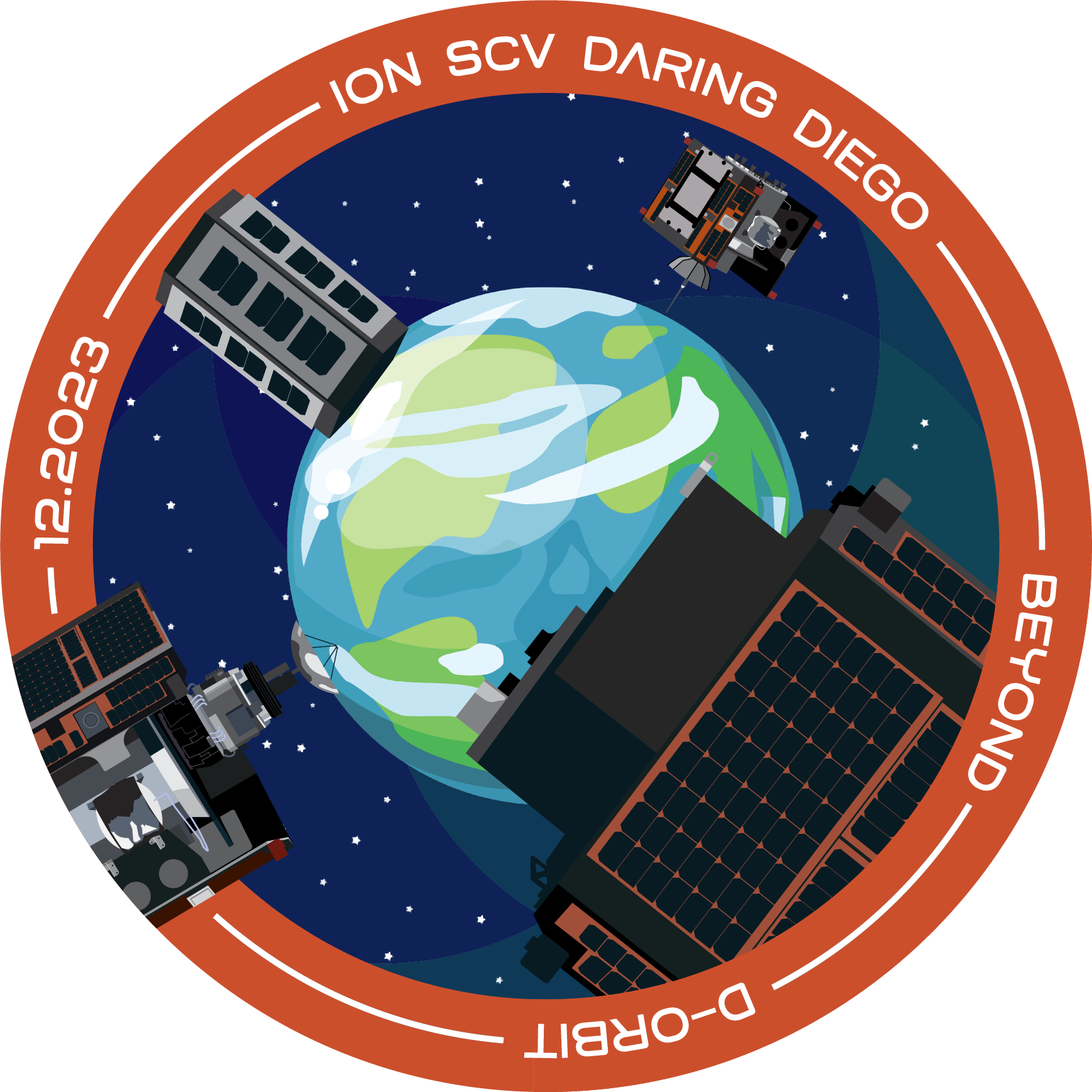Roadmap
PHASE 1 - Commissioning
As soon as ION SCV LUCAS reaches orbit, our spacecraft operations engineers establish a bidirectional communication channel. We then start the launch and early orbit phase (LEOP), neutralizing the rotation imparted by the launch vehicle during separation, correcting the attitude, testing the satellite’s subsystems, and preparing for the next phases.
PHASE 2 - Commercial Phase, Orbital Transportation
Once concluded the commissioning phase, ION SCV LUCAS starts the commercial phase of the mission with the deployment of satellites into a 500km sun-synchronous orbit. The deployment strategy, called fast dispersion, enables an even distribution along the operational orbit within a fraction of the time allowed by traditional dispersion techniques.
PHASE 3 - Commercial IOD
After completing the deployment, ION SCV LUCAS performs in-orbit demonstration and validation (IOD/IOV) of commercial payloads integrated within the platform, including a green propulsion system developed by a third-party company.
PHASE 4 - Educational Program
The Origin mission includes an educational program in collaboration with an “Istituto Statale di Istruzione Superiore" (ISIS) in the Lombardy Region and Aviosonic. The program enables high-level students – who have been involved in the development of an amatorial ground station– to establish a communication channel with the satellite through a UHF transceiver that works in satellite amateur radio band (435 – 438 MHz). Once connected, the students will be able to downlink telemetry and execute a number of educational operations through telecommands.
PHASE 5 - Internal Experiments
Before the official end of the mission, our engineers perform additional testing of subsystems, maneuvers, and procedures in preparation for the upcoming Pulse and Wild Ride missions.
PHASE 6 - Decommissioning
At the end of the mission, the spacecraft is decommissioned in compliance with the Space Debris Mitigation guidelines. The pressure vessels are depleted from leftover fuel and oxidizer, the battery charging system is deactivated, and the batteries are completely discharged. The spacecraft, now inert, enters a decommissioning trajectory that will bring it to burn up upon atmospheric re-entry within a few years.
Educational Program Space Segment
| Satellite name | ION-mk01 Lucas SCV-001 |
| Mission Name | Origin |
| Norad ID | 46274 |
| COSPAR ID (International Designation) | 2020-061C |
| Launch Date | 2020-09-03 (Vega SSMS PoC Flight) |
| Launch site | French Guiana (FRGUI) |
| Type of mission | Amateur combined with Educational |
| Mission(s) and frequency band(s) | A portion of UHF band is intended to be used for telemetry reception from student with school-developed ground station (telecom course) + Data storage in student-dev database (computer science course) |
| Planned duration of each part of the mission | About six months |
| Requested frequency and function | Downlink: 437.515 MHz |
| Tuning range of transmitter and step increment | Range: 430 – 440 MHz, Step: 1MHz |
| EIRP | EIRP = 4 dBW |
| ITU emission designator | 1K20 G1D |
| Common description of the emission, including modulation type and data rate | Phase modulation with residual carrier, PCM data, SP-L encoded. Data rate: 1.2 kbps, QPSK Modulation |
| Type of antenna, antenna gain and pattern | UHF Monopole antenna. Gain: 4 dBi when mounted on the spacecraft |
| Attitude stabilisation | The satellite uses a combined magnetorquer and reaction wheels stabilization system |
| Service Area | REGION 1 |
| Requested frequency and function | Uplink: 437.515 MHz |
| Tuning range of receiver and step increment | Range: 430 – 440 MHz, step: 1MHz |
| ITU emission designator | 1K20 G1D |
| Common description of the emission including modulation type AND data rate | Phase modulation with residual carrier, PCM data, SP-L encoded. Data rate: 1.2 kbps, QPSK Modulation |
| Noise temperature | 230 K |
| Associated antenna gain and pattern | UHF Monopole antenna. Gain: 4 dBi when mounted on the spacecraft |
| Physical structure. | Antenna Monopole, Mass: 50g, Antenna rod length: 190mm |
| Power budget. | The satellite will be equipped with 2 redundant EPS modules. Each EPS has a battery pack which provide an energy capacity of about 120Wh. These batteries are re-charged by solar panels body mounted. |
| Positive space station transmitter control. | Transmission can be turned OFF by a dedicated telecommand. This telecommand is processed by on-board computers. OBC redundant reduces the possible of computer failure and increases reliability. In case of interference, space station transmitter shall be terminated in no more than a few hours. |
Other missions
Wish Upon a Star, March 2025

Endless Sky, January 2025

Ascend, January 2025

Celestial Bliss, August 2024

Beyond, December 2023

Cosmic Wander, November 2023

Above the Sky, June 2023

Guardian, April 2023

Starfield, January 2023

Second Star to the Right, January 2023

Infinite Blue, May 2022

Spacelust, April 2022

Dashing Through The Stars, January 2022

Wild Ride, June 2021

Pulse, January 2021



